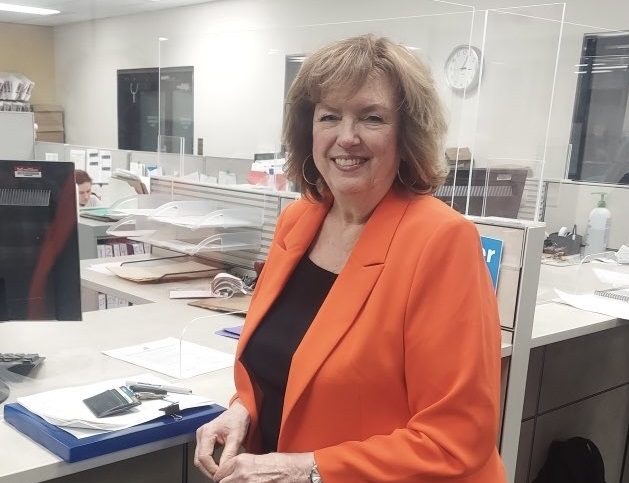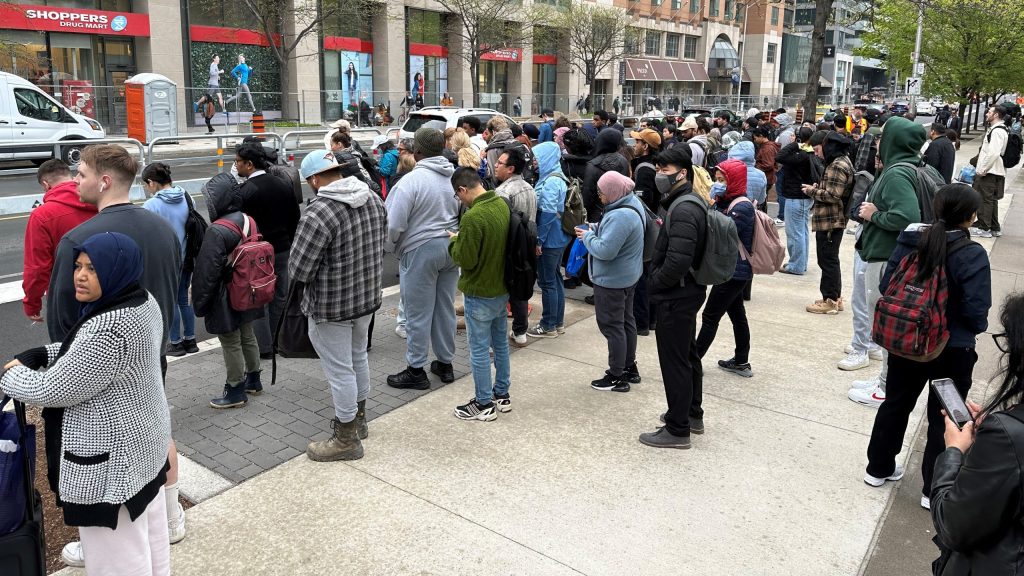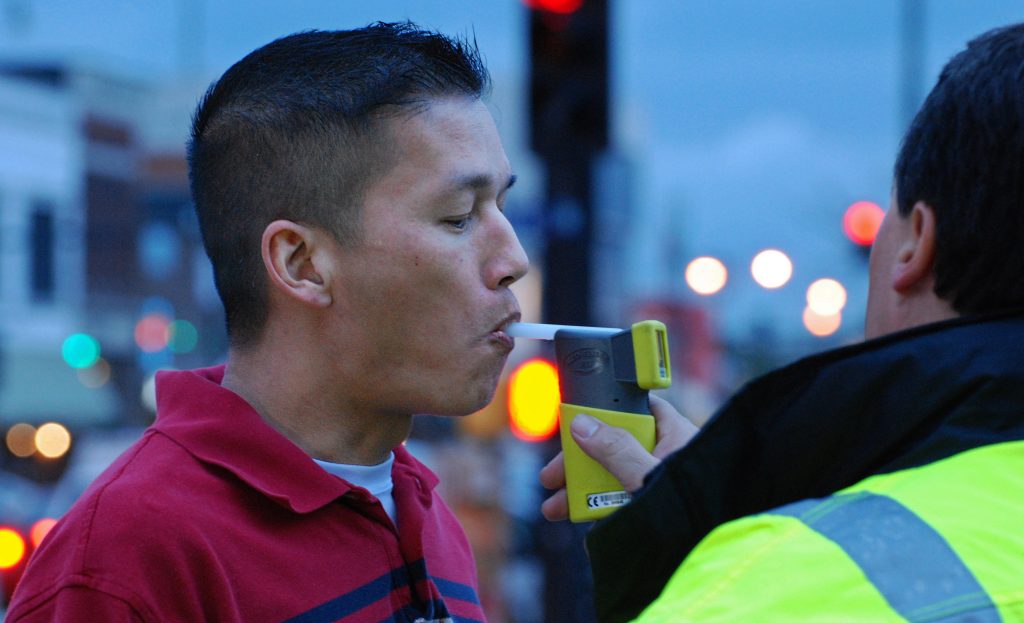Alarms raised over lack of carbon monoxide detector rules in Ontario
Posted March 23, 2017 5:29 pm.
This article is more than 5 years old.
It is called the “silent killer.”
On Wednesday night, a carbon monoxide leak at a Toronto restaurant sent 18 people to hospital. Carbon monoxide levels inside the restaurant were measured at between 500 to 600 parts per million – enough to kill you. Anything over 25 parts per million is considered dangerous.
That follows another carbon monoxide leak at a community centre in Grand Valley, west of Orangeville, on Sunday, that sent as many as 18 people to hospital.
Carbon monoxide poisoning is the No. 1 cause of accidental poisoning deaths in North America, according to Toronto Public Health. But there are no provincial regulations governing CO detectors in restaurants, or other public spaces like movie theatres or even schools. Toronto’s deputy fire chief acknowledges this is a concern.
“The absence of detection of carbon monoxide in these types of facilities is certainly a risk to the public,” said Jim Jessop. “It has been documented and certainly it has been evident to us with two major responses in the last year and a half.”
It was just two years ago that CO detectors became mandatory for homes in Ontario prompted in part by the deaths of OPP Laurie Hawkins, her husband and two children in 2008. While those who have died in their homes have been exposed to prolonged amounts of carbon monoxide the Deputy Fire Chief says people can become sick in just a couple of hours.
“At the levels we recorded last night had you been sitting in a movie theatre or restaurant you would have started experiencing symptoms, the flu like symptoms – headache, nausea, vomiting – that’s what triggered the 911 call last night, a patron started feeling sick relatively quickly after arriving.”
The Provincial government would have to change the legislation to make CO detectors mandatory in buildings like restaurants. When asked by CityNews why a restaurant wouldn’t have to have detectors MPP Marie-France Lalonde, the Minister for Community Safety and Correctional Services, said she she is waiting for the investigation into what happened last night to be completed.
“Well to be very frank this is a good question and once we hear about the investigation about what happened I’m more than happy in having this discussion with our fire safety investigator.”
Here’s what you need to know about carbon monoxide
What is carbon monoxide?
Carbon monoxide is a gas that you can’t see, smell or taste. It is produced by gas or oil furnaces, space and water heaters, clothes dryers, ovens, wood stoves and other household appliances that run on fossil fuels such as wood, gas, oil or coal.
Why is carbon monoxide so deadly?
When you inhale carbon monoxide, it can cause brain damage, suffocation or death. Because you cannot see, smell or taste this deadly gas, poisoning can happen to anyone, any time, anywhere. Everyone is at risk but pregnant women, young children, senior citizens and people with heart and lung problems are at greater risk. If your home is well sealed or not well ventilated, the levels of carbon monoxide in the air may easily rise to deadly levels.
Warning signs
Carbon monoxide poisoning and the flu seem a lot alike at first. Early warning signs of low-level poisoning include tiredness, headaches, dizziness, nausea or vomiting and shortness of breath. Your skin may also turn pink or red in response to rising blood pressure. If you experience any of these symptoms, you may be suffering from carbon monoxide poisoning and should call 9-1-1 as well as talk to your doctor.
Protect yourself:
- Install at least one carbon monoxide detector on every level of your home, especially outside sleeping areas. There are several types of detectors, including battery-operated and plug-in models. Install the carbon monoxide detector according to the manufacturer’s instructions.
- Have a qualified service technician inspect and clean your fuel-burning appliances, furnace, vent pipe and chimney flues once a year. Birds’ nests, twigs and old mortar in chimneys can block proper ventilation and lead to build-up of carbon monoxide gas in the home.
- Test your carbon monoxide detector regularly to make sure it is operating properly. The owner’s manual should tell you how to test your alarm. Remember to check the manual for information on when to buy a new carbon monoxide detector.
What should you do if the detector alarm sounds?
If the detector sounds, you and all members of your household should leave your home immediately. From outside the home, call 9-1-1. Don’t go back inside until the problem has been found and corrected. The Fire Services will inspect your home to find the source of the carbon monoxide.
In case of fire or an emergency, call 9-1-1.
Information courtesy Toronto Public Health










